Advertisement ・ Go Ad Free
Latest Articles
Advertisement ・ Go Ad Free
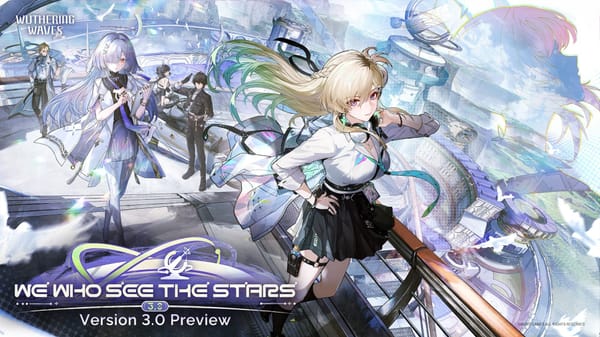
Motorbike go vroom vroom make brain go happy happy
by Martin Du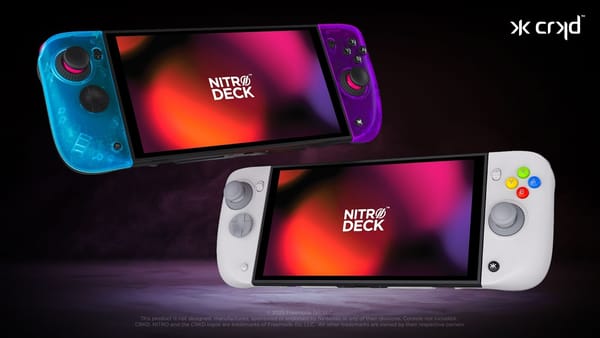
Your Switch 2 got better
by David Burdette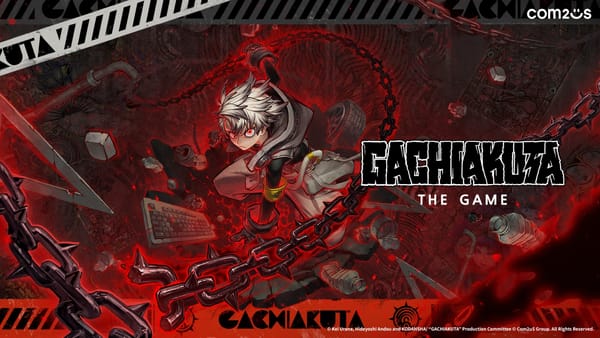
A stylish survival action RPG that captures the series’ gritty worldview, graffiti-inspired visuals, and dynamic action.
by David Flynn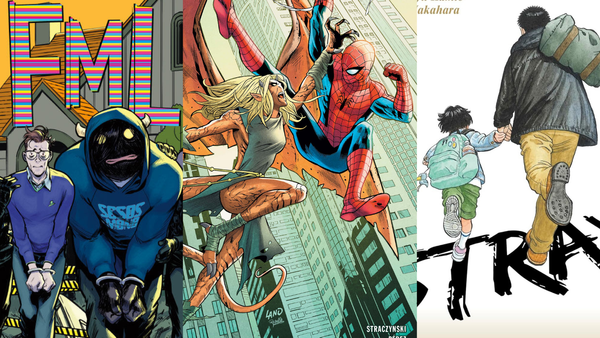
Ending the year strong with some great vibes for a holiday season read!
by Adam Moreno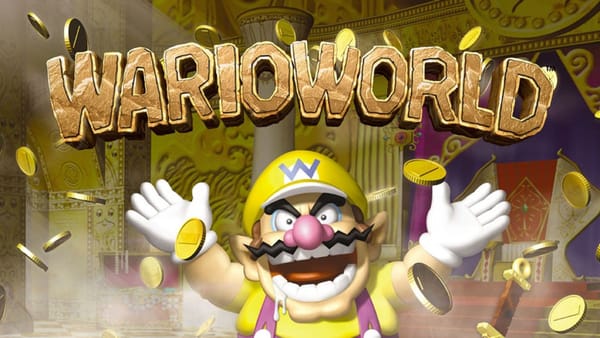
Wario's first and only 3D adventure packs a punch...for a whole afternoon.
by Anthony Pelone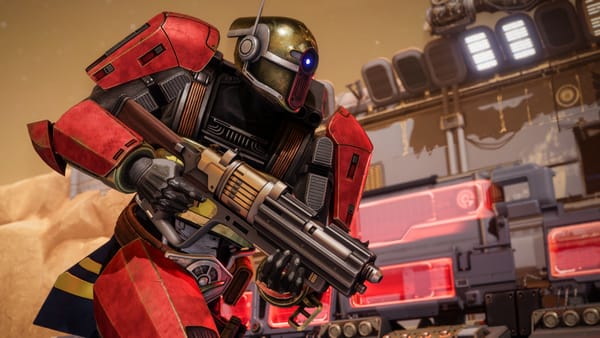
This all feels very familiar…
by Nicholas Aguilera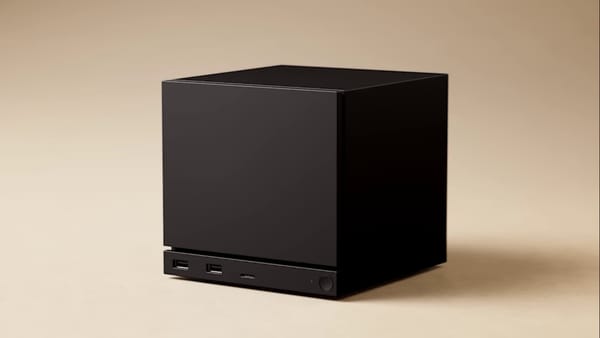
Reigniting the fires of the console wars
by David Flynn
Motorbike go vroom vroom make brain go happy happy
by Martin Du
Reigniting the fires of the console wars
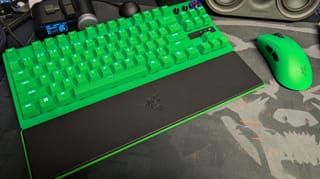
The ultimate gaming keyboard
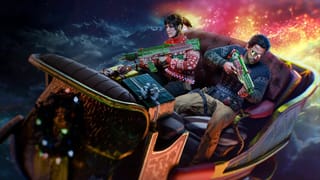
Easily the biggest season COD has ever dropped

Stroll towards the strip
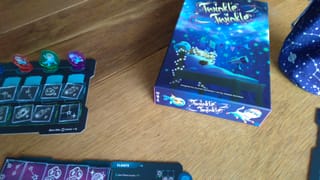
It's clear to see that Ammon's translucent tiles are transcendent.
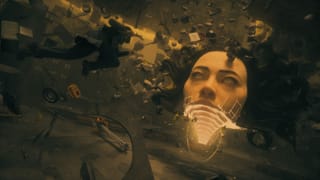
Say hello (again) to Dylan Faden
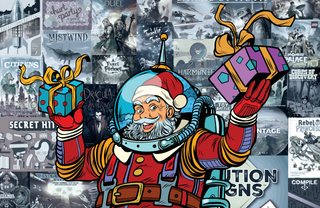
Our recommendations for your best holiday gift purchases

Motorbike go vroom vroom make brain go happy happy
by Martin Du
Your Switch 2 got better
by David Burdette
A stylish survival action RPG that captures the series’ gritty worldview, graffiti-inspired visuals, and dynamic action.
by David Flynn
Ending the year strong with some great vibes for a holiday season read!
by Adam Moreno
Wario's first and only 3D adventure packs a punch...for a whole afternoon.
by Anthony Pelone
This all feels very familiar…
by Nicholas Aguilera
Reigniting the fires of the console wars
by David Flynn